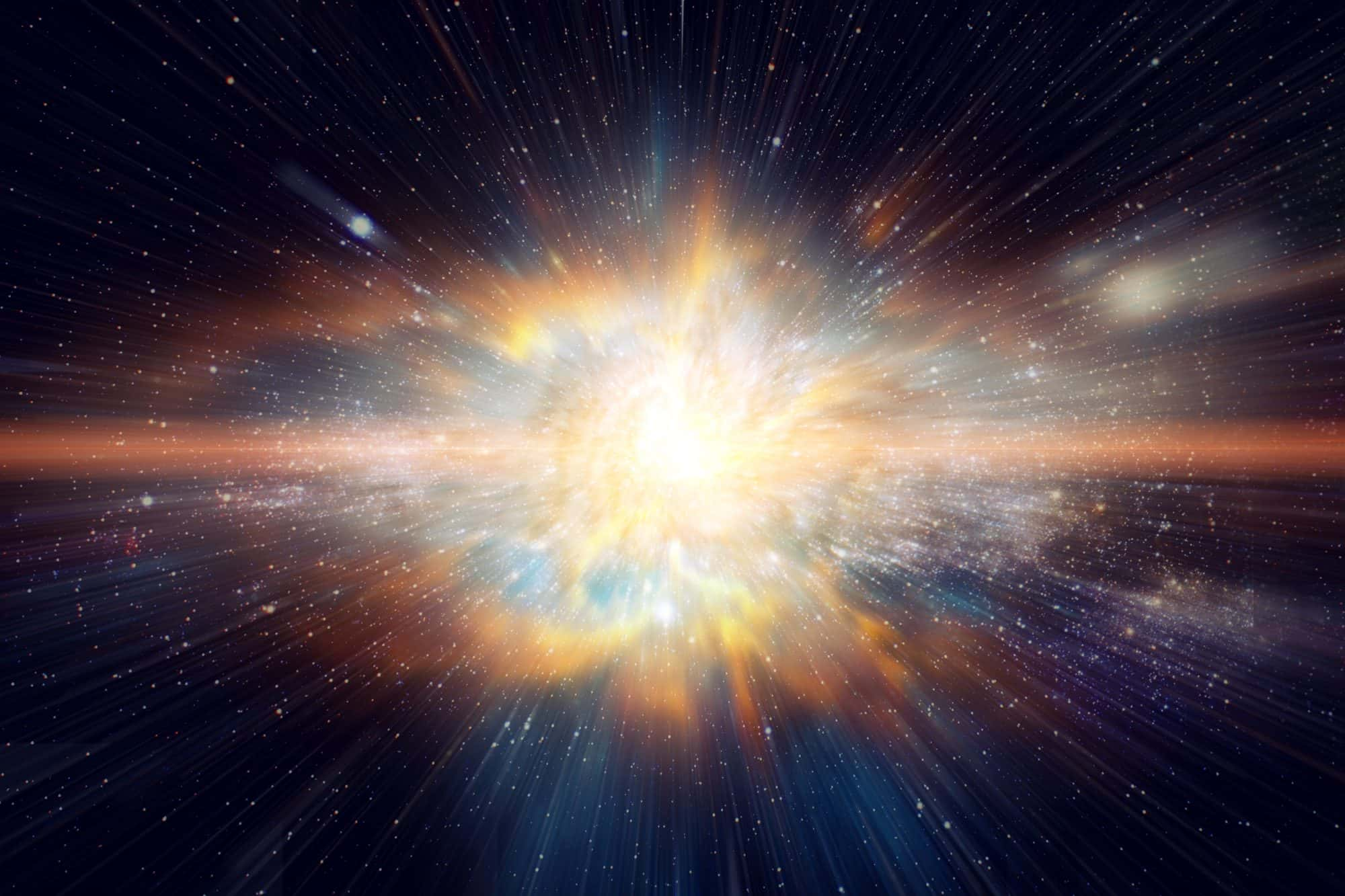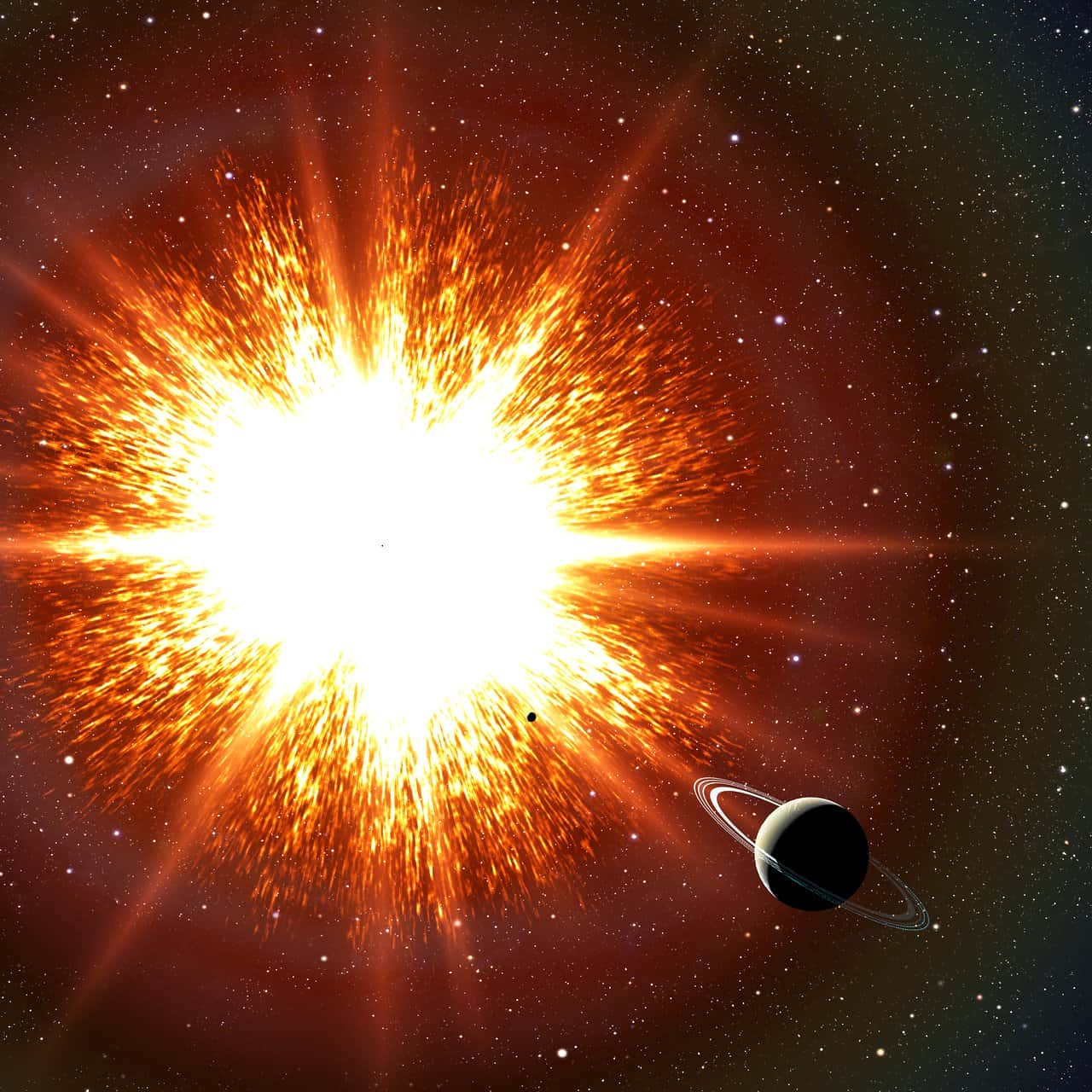Led by University of Tokyo astronomer Keiya Hirashima, the research team’s innovation stemmed from adapting deep learning techniques, originally used for weather forecasting, to unravel the mysteries of supernova explosions.

Astronomers have harnessed the power of deep learning to simulate super nova explosions, shedding new light on cosmic phenomena that play a pivotal role in the formation and evolution of galaxies
Stars, during their lifecycles, produce essential chemical elements through nuclear fusion. However, when they reach their limits and can no longer forge heavier elements, a cataclysmic event occurs nova explosions. These super nova explosions disperse the elements created by the star into the depths of space, ultimately influencing the composition of future stars and planets. This, in turn, affects the potential for life, including lifeforms like humans, to evolve.
Apart from their role in chemical enrichment, supernovas exert a profound influence on neighboring galaxies, making them central players in the larger narrative of galactic evolution
Traditional models of these super nova explosions have often employed simplified assumptions due to the complexity of the calculations. Deep learning, allows for more accurate and efficient simulations by identifying which aspects of the super nova explosions require closer examination.
The team’s novel model, 3D-MIM, has reduced the computational steps needed for 100,000 years of supernova evolution by an astounding 99%, potentially removing a major bottleneck in astrophysical research. Although the training process required extensive computational resources and time, the team believes this approach can be extended to explore other cosmic phenomena, including the birth of star-forming patches in galaxies. This marks a significant stride forward in our understanding of the universe’s most enigmatic and explosive events.
READ ALSO: Innovative Moon Camera Design Aces Testing For Upcoming Lunar Missions




